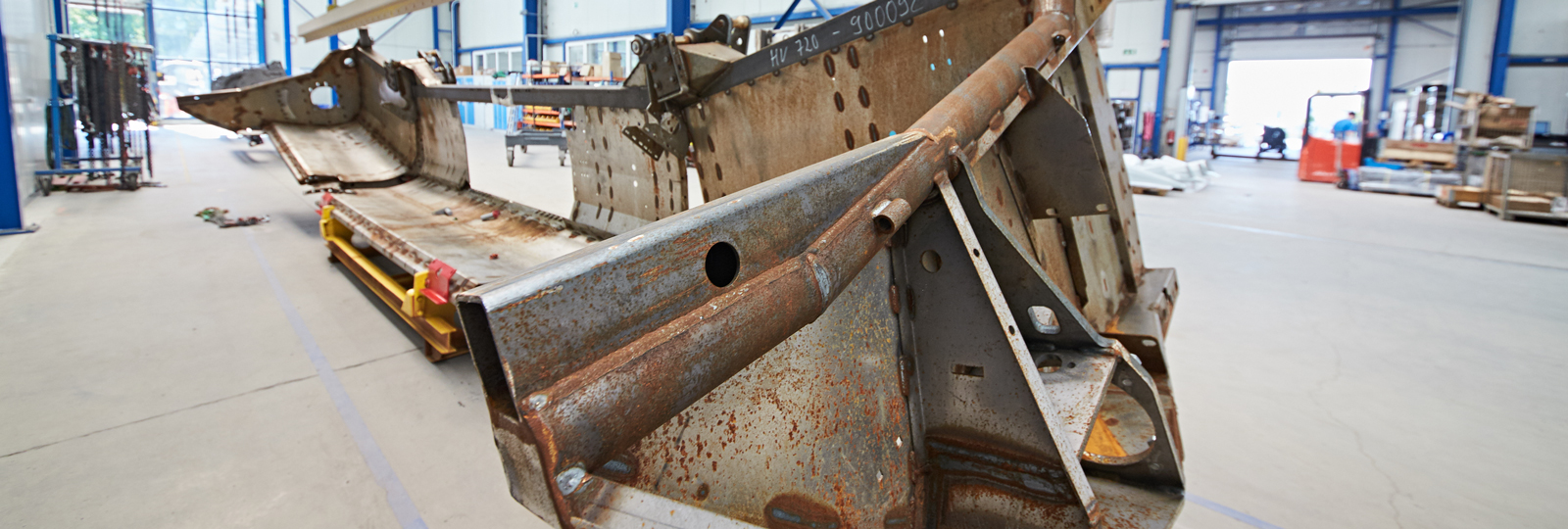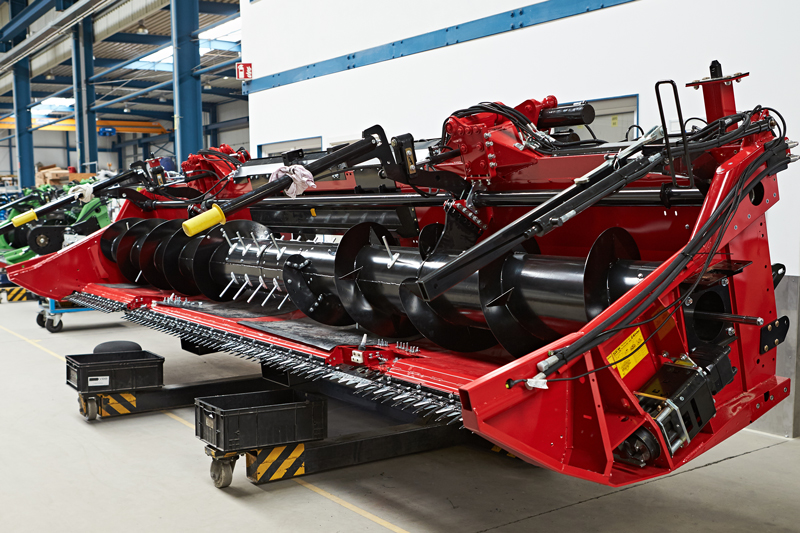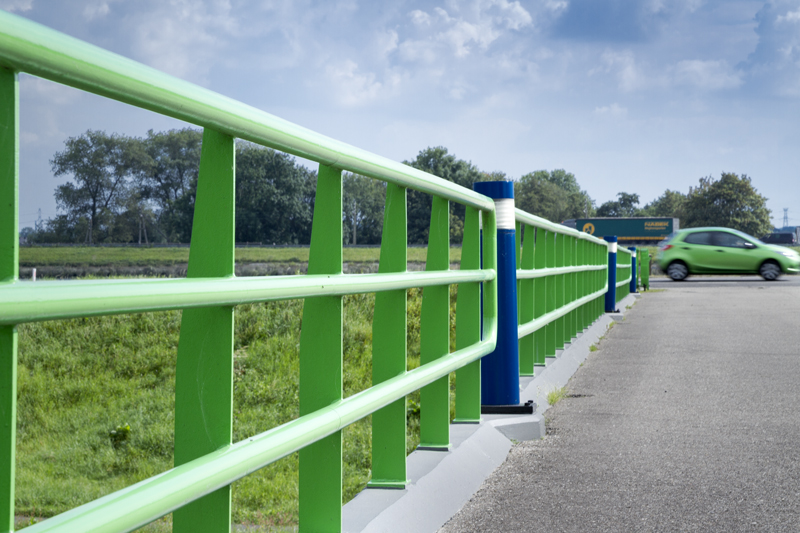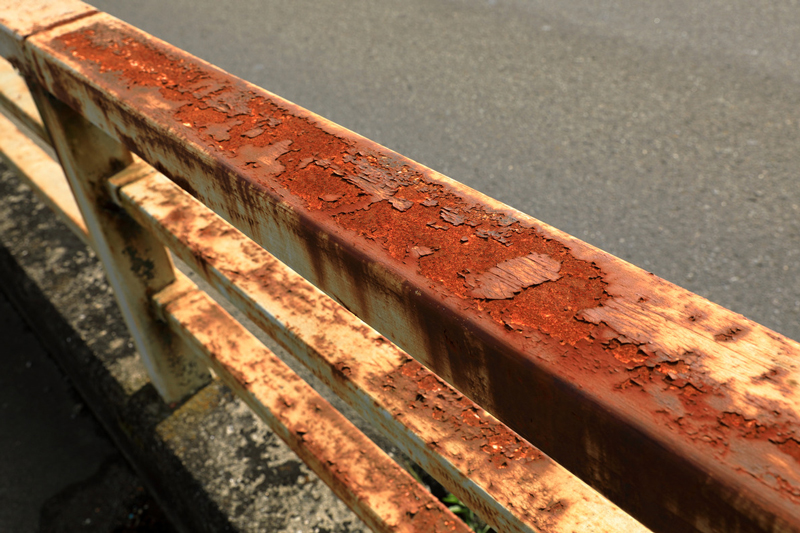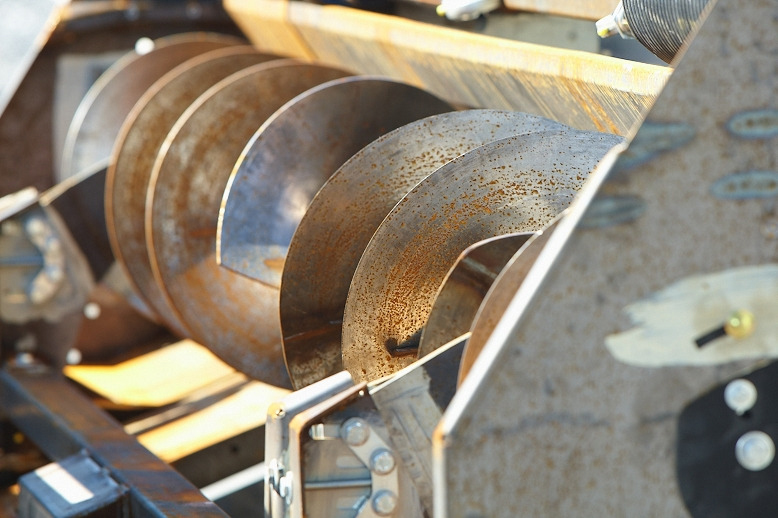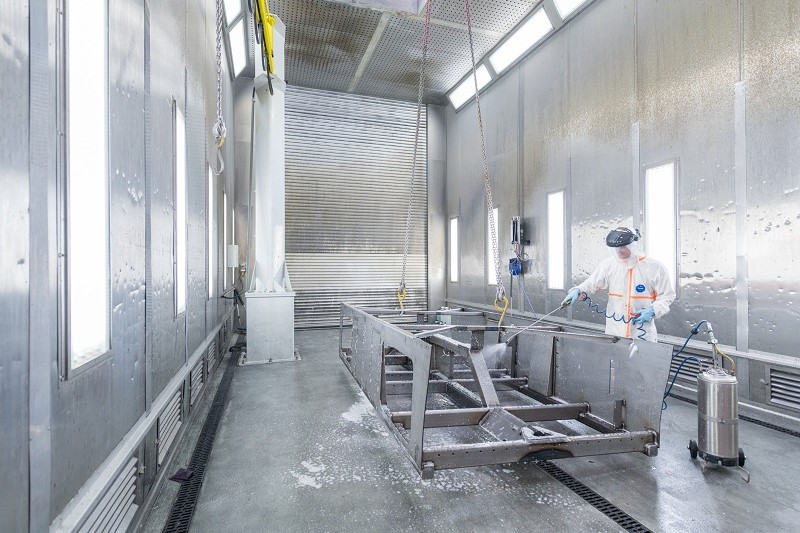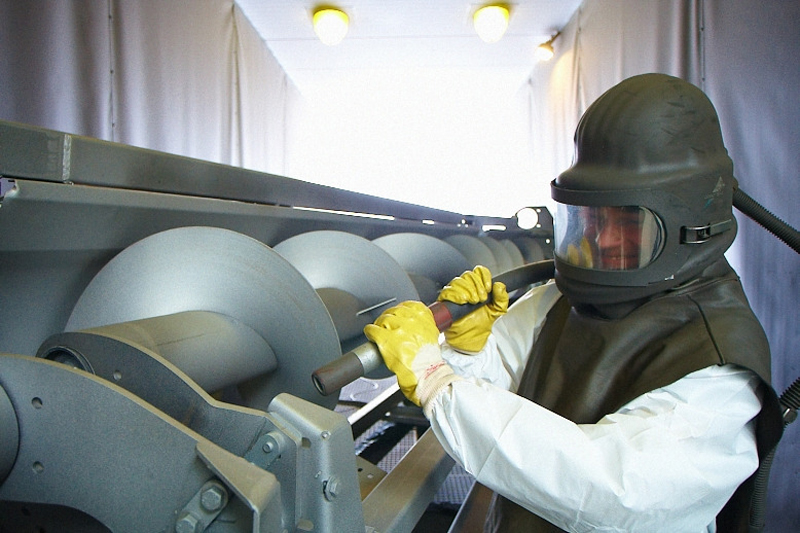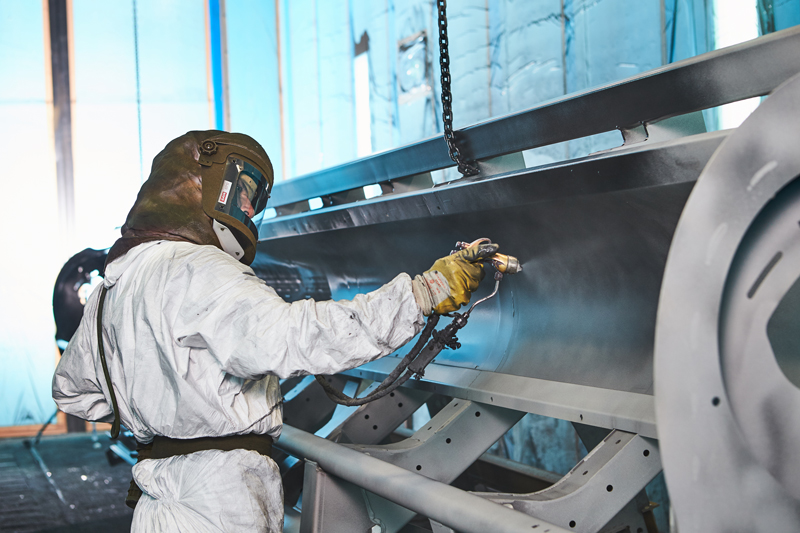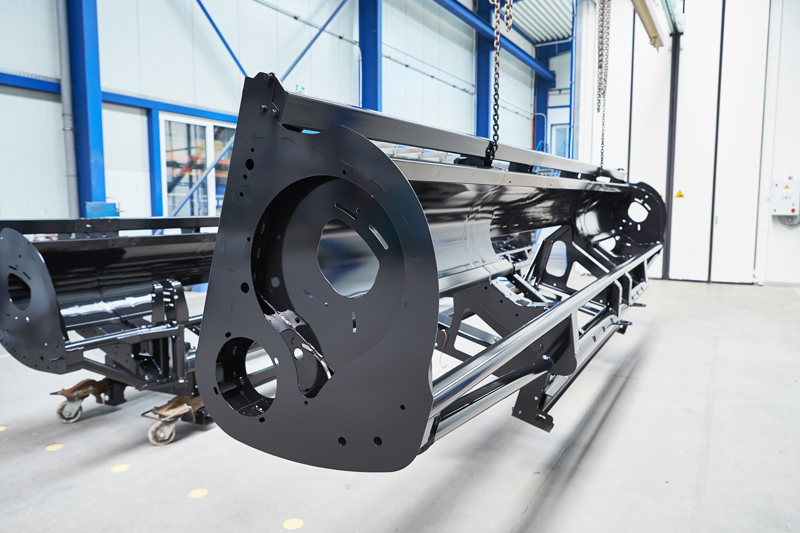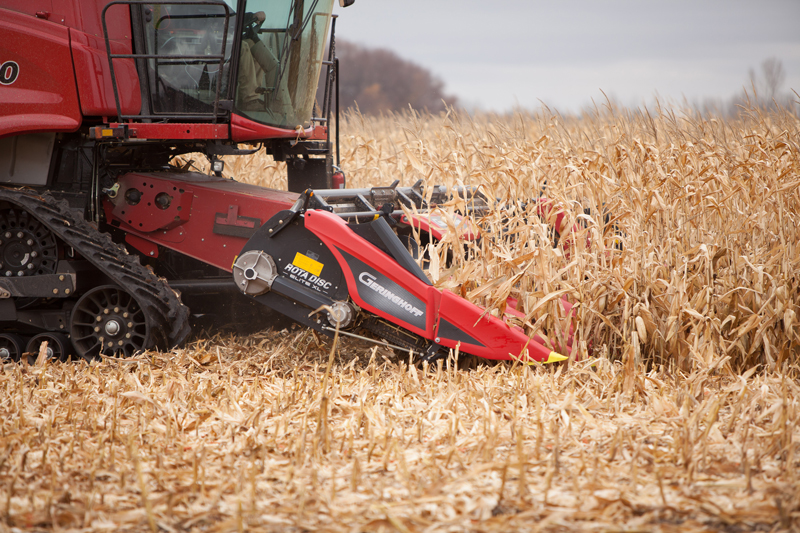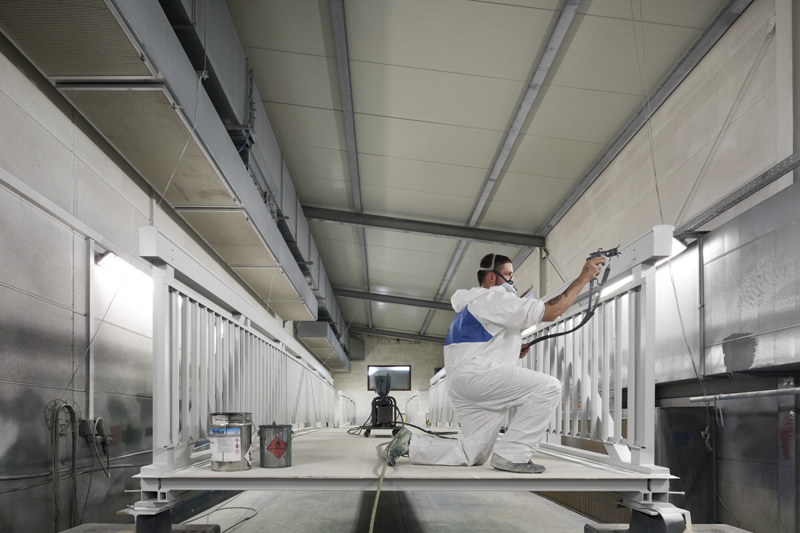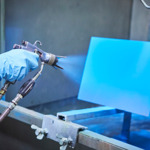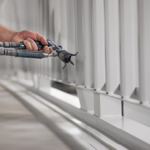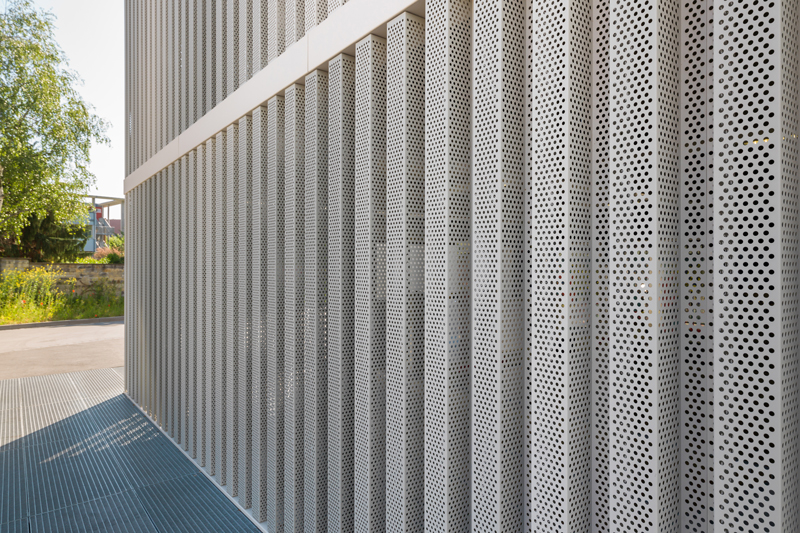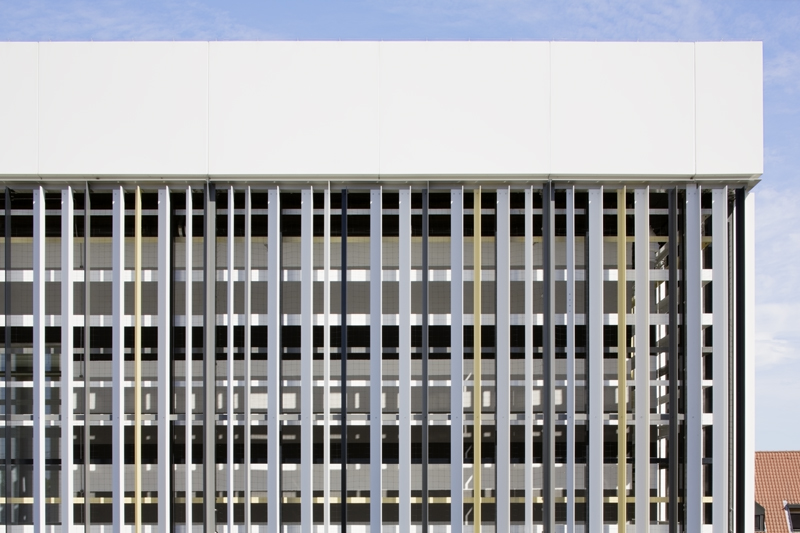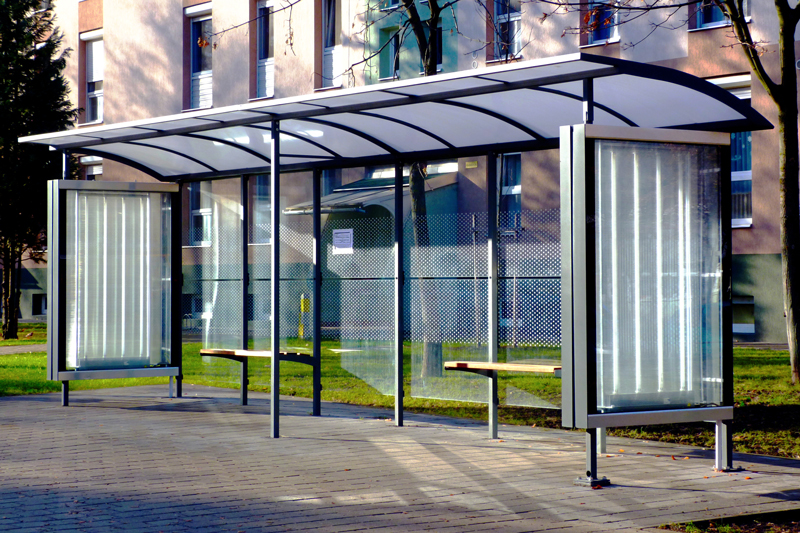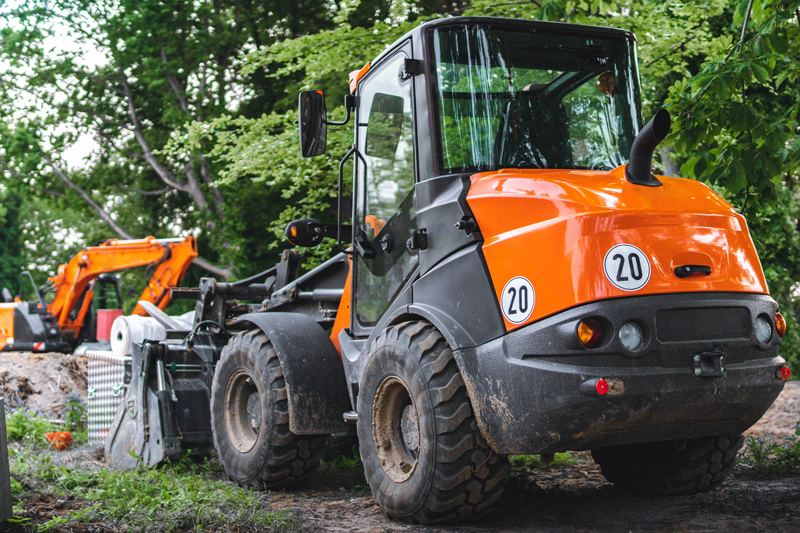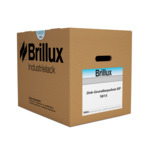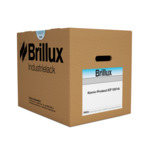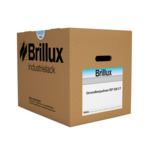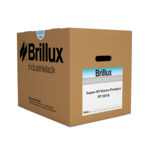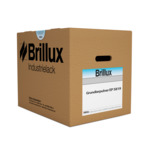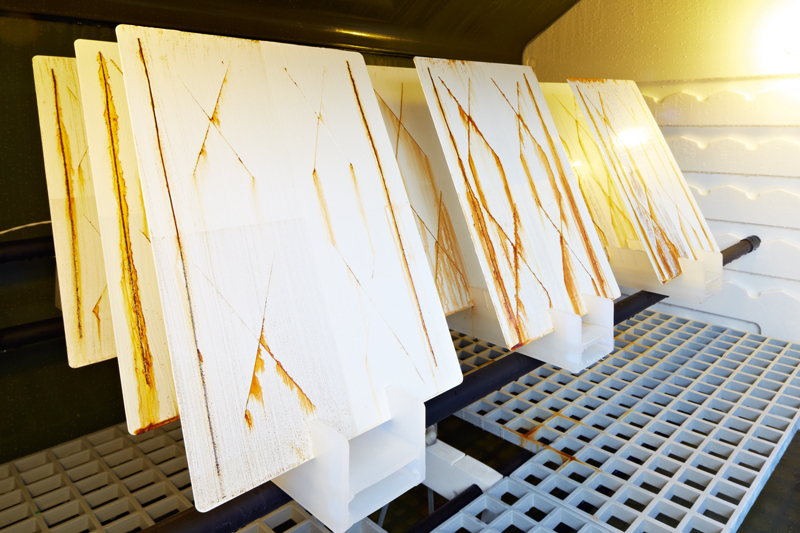Optimal corrosion protection, perfectly coordinated
Without corrosion protection, fabricated metal products made of iron and steel could oxidize quickly, eventually losing their stability.
Ideal protection is achieved by coordinating the pretreatment, substrate and coating.
Find out here which pretreatment types are suitable for metals, which norms and reviews are decisive for quality assurance in corrosion protection of industrial production goods and which product solutions Brillux Industrial Coatings offers.
Pretreatment
The pretreatment is decisive
For a coating to protect the substrate from corrosion, it needs to be appropriately pretreated. The substrate must generally first be freed of grease, oil, separating and drawing agents, as well as dirt and corrosion products and other impurities. This is the only way to ensure ideal adhesion of the coating to the substrate.
There are three general types of substrate preparation and they are often combined:
Here, pretreatment methods such as blasting, brushing, sanding or polishing are used to remove corrosion products, scale and other impurities.
Cleaning and degreasing primarily involves the use of wet chemical cleaners. In doing so, environmentally friendly, neutral and mild-alkaline cleaners are becoming more and more popular. For particularly heavy impurities, a pickling treatment is used.
Aside from the coating of a material with paint systems, conversion coats significantly affect the protection of a metallic component from corrosion. At the same time, they also have adhesive characteristics. Common methods for forming conversion coats:
- phosphating
- chromating
- passivating
- pre-anodizing
- nanoceramic treatments
These pretreatments are automatically carried out in successive process steps and are specially adjusted depending on the application. As the efficacy of conversion layers wears off over time, painting mostly follows immediately. Wet coatings of agriculture machinery
Solutions with wet coatings
Wet coating systems – appropriate protection for any application
No matter how different the substrates and corrosion protection requirements of the coating system might be, Brillux wet coating systems offer effective protection from corrosion. They fit together ideally like a modular system.
Whether it is single-component or two-component, in watery or solvent-based quality, prime coats or top coats – Brillux wet coating systems offer both a wide range of products and exceptional depth to the range.
This way, coatings can be created that fulfill the requirements of corrosivity class C5-I/M high based on DIN EN ISO 12944-2.
Two-layer coatings
Tested on low-alloy steel, surface preparation degree: SA 2½, raw depth: medium to high (25–60 µm), film thickness per layer. 80 µm
| C3 | C4 | C5 | |||||||
| low | medium | high | low | medium | high | low | medium | high | |
| Years of protection according to DIN | 2–5 | 5–15 | >15 | 2–5 | 5–15 | >15 | 2–5 | 5–15 | >15 |
| Constant climate test (h) | 48 | 120 | 240 | 120 | 240 | 480 | 240 | 480 | 720 |
| Salt spray test | 120 | 240 | 480 | 240 | 480 | 720 | 480 | 720 | 1440 |
| Hydrapid-1K-AC Primer 5404 + Hydrapid-1K-AC Paint 5481 | C4 high | ||||||||
| 2K PUR High Solid Enamel Primer 5703 + 2K-PUR High Solid Paint 5730 | C5-I low | ||||||||
| 2K-EP Adhesion Primer 5706 + 2K-EP Adhesion Primer 5706 + 2K-PUR High Solid Paint 5730 | C5-I medium | ||||||||
| 2K-EP Zinc Powder Paint 5707 + 2K-EP Iron Mica Paint 5766 + 2K-EP Iron Mica Paint 5766 + 2K-PUR Acrylic Paint 5740 | C5-I/M high | ||||||||
Solutions with powder coatings
Powder coating systems – intelligent coatings, optimal protection
The powder coating systems from Brillux Industrial Coatings combine the best possible protection from corrosion with high economical efficiency and good environmental friendliness.
Single layer coatings
When optimally pretreated and processed as a single layer, powder top coats already offer very good corrosion protection.
Two-layer coatings
When the corrosion protection requirements for powder coating are particularly high, then two-layer coatings consisting of a powder primer and a powder top coat are the optimal solution.
Depending on the substrate, there are various prime coats to choose from:
Accordingly, the powder coating range is ideally suited for applications in construction (e.g. facade building elements, GSB and Qualicoat certifications) and building vehicles (e.g. truck trailers).
In the salt spray test on aluminum substrates with suitable chrome-free passivations in accordance with DIN EN ISO 9227-NSS, both systems achieve best results with a delamination at the crack of ≤ 1 mm after more than 1,000 hours test duration.
Corrosion protection testing
To assess the corrosion protection of a coating and to assign a corresponding corrosion protection class, the following tests are conducted:
• Condensation water climate test (in accordance with DIN EN ISO 6270-1)
In the condensed water chamber, test specimens are subjected to 100% humidity and a temperature of 40°C. This tests the resistance of the coating to condensing humidity.
• Salt spray test (in accordance with DIN EN ISO 9227-NSS)
Before testing, the coating is damaged in a scratch form. In the salt spray test chamber, test specimens are sprayed with a 5% sodium chloride solution at a temperature of 35°C. Subsequently, the infiltration into the crack is determined.
Cyclical age testing
The stress cycle of this process lasts a full week (168 hours) and consists of the following:
a) 72 hours of UV exposure and
condensation in accordance with ISO 16474-3
under the following conditions:
- Process A, cycle 1 in accordance with ISO 16474-3:2013, alternating stress for the duration of 4 hours with UVA-340 lamps at 60 (± 3) °C and 4 hours of condensation stress at 50 (± 3) °C
b) 72 hours of exposure to neutral
salt spray in accordance with ISO 9227
c) 24 hours of exposure at a low
temperature -20 (± 2) °C
Norms and tests
DIN EN ISO 12944
DIN EN ISO 12944
As a recognized set of rules, DIN EN ISO 12944 summarizes the requirements for corrosion protection of steel components by coating systems. By using tested coating systems, you gain reliable planning security and contribute to preserving the value of steel components. It consists of the following parts:
Part 1: General introduction
Part 2: Introduction of environmental conditions
Part 3: Basic rules of design
Part 4: Types of surfaces and surface preparation
Part 5: Coating systems
Part 6: Lab tests for assessing coating systems
Part 7: Conducting and monitoring coating work
Part 8: Developing specifications for initial protection and maintenance
Part 9: Coating systems and performance assessment processes in the lab for offshore buildings
Part 1 and 2 details
In Part 1 of DIN EN ISO 12944 the protection time of a coating system is specified in three time frames. The protection time is not a guaranteed time, but rather the expected time that an installed coating system can last before the first part needs updating. It offers assistance in determining a corrosion protection build-up:
- low (L): up to 7 years
- medium (M): 7 to 15 years
- high (H): 15 to 25 years
- very high (VH): over 25 years
Assessment methods for coating systems for non-alloyed steel or hot-galvanized steel for atmospheric-corrosivity categories:
Corrosivity | Expected life | Test program 1 ISO 6270-1 (condensation of water) in hours | Test program 1 ISO 9227 (neutral salt spray) in hours | Test program 2 (cyclical age testing) in hours |
C2 | low | 48 | - | - |
medium | 48 | - | - | |
high | 120 | - | - | |
very high | 240 | 480 | - | |
C3 | low | 48 | 120 | - |
medium | 120 | 240 | - | |
high | 240 | 480 | - | |
very high | 480 | 720 | - | |
C4 | low | 120 | 240 | - |
medium | 240 | 480 | - | |
high | 480 | 720 | - | |
very high | 720 | 1440 | 1680 | |
C5 | low | 240 | 480 | - |
medium | 480 | 720 | - | |
high | 720 | 1440 | 1680 | |
very high | - | - | 2688 |
In Part 2 of DIN EN ISO 12944, atmospheric environmental conditions are broken down into the six following corrosivity categories:
| Corrosivity category | Examples of common environments | |
|---|---|---|
| C1 | insignificant | Open air: - Indoor spaces: heated buildings with a neutral atmosphere, e.g. offices, shop spaces, schools, hotels |
| C2 | low | Open air: Atmosphere with low degree of impurity, mostly rural areas Indoor spaces: unheated buildings in which condensation may occur, e.g. warehouses, recreational halls |
| C3 | medium | Open air: City and industrial atmosphere with medium sulfur dioxide levels; coastal atmosphere with low salt levels Indoor spaces: production rooms with high humidity and air impurities, e.g. foodstuffs processing plants, laundries, breweries, milking stations |
| C4 | high | Open air: Industrial atmosphere and coastal atmosphere with medium salt levels Indoor spaces: chemical plants, swimming pools, shipyards and boat ports near the coast |
| C5 | very high | Open air: Industrial atmosphere with high humidity and an aggressive atmosphere and coastal atmosphere with high salt level Indoor spaces: Buildings or areas with almost constant condensation and heavy impurities |
| CX | extreme | Open air: Offshore areas with high salt levels and industrial areas with extreme humidity and aggressive atmospheres as well as subtropical and tropical atmospheres Indoor spaces: Industrial spaces with extreme humidity and aggressive atmosphere |
This classification is one of the most important determining factors for choosing a suitable coating system.
DIN 55633
Norm about corrosion protection of steel components through the use of powder coating systems. Serves as a supplement to DIN EN ISO 12944, which only relates to wet coating systems.
